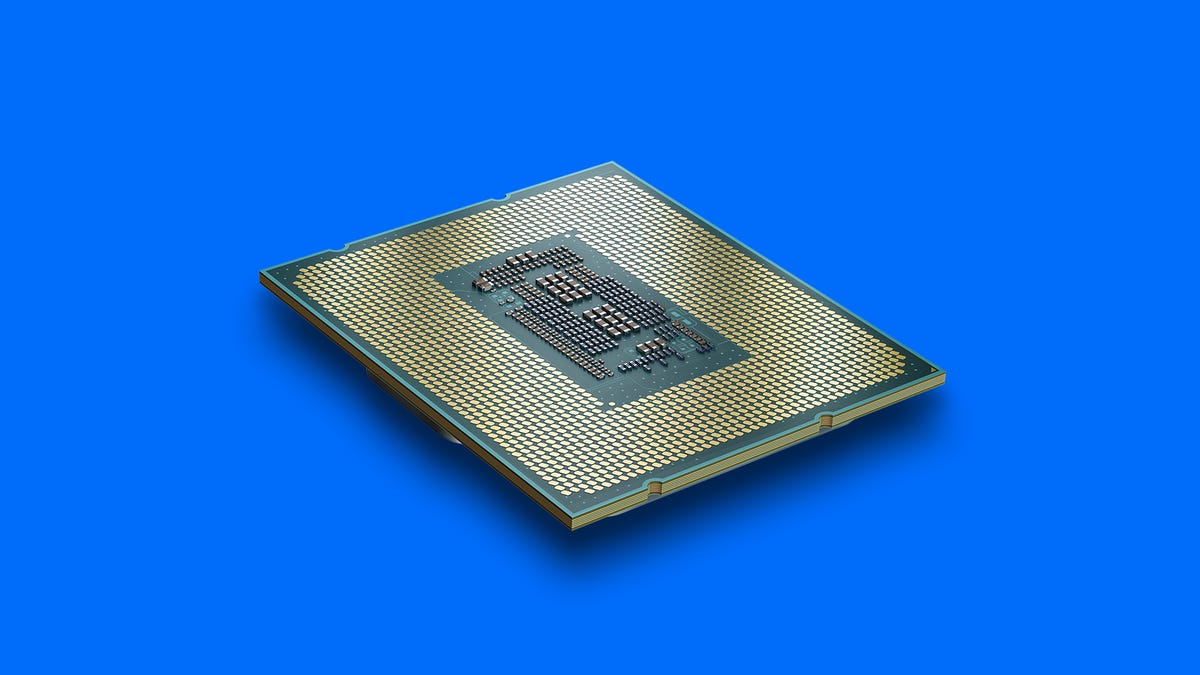Intel Hopes 13th-Gen Is Lucky, Brings ‘Raptor Lake’ Updates to PCs

Intel
Not every generation of processor breaks new ground. Intel’s 12th generation introduced its hybrid core “Alder Lake” architecture, which like Apple’s M series of processors splits the CPU cores into performance-optimized and efficiency-optimized types. For the 13th-gen “Raptor Lake”-architecture chips, Intel has refined the 12th-gen versions, albeit in a couple notable ways: The CPUs have twice the number of E cores than before, and the CPU maps input voltage to clock frequency more efficiently to facilitate a broader laptop-like range of power envelopes.
Boxed versions of the desktop processors go on sale Oct. 20, and they’ll start appearing in systems like Alienware’s Aurora R15 desktop later this year.
Specifications
| Core i9-13900K | Core i7-13700K | Core i5-13600K | |
|---|---|---|---|
| Base clock (GHz) | 3.0P/2.2E | 3.4P/2.5E | 3.5P/2.6E |
| Boost clock (GHz) | 5.8P/4.3E | 5.4P/4.2E | 5.1P/3.9E |
| Cores/threads | 8P/16E/32T | 8P/8E/24T | 6P/8E/20T |
| Cache (L2) | 36MB | 24MB | 20MB |
| System power target (watts) | 125-253 | 125-253 | 125-181 |
| Boxed processor price | $589 | $409 | $319 |
All told, Intel claims up to a 15% increase in single-threaded performance and 41% increase in multithreaded performance for its top-of-the-line Core i9-13900K, which also hits a peak boost-clock of 5.8GHz, a mere 100MHz better than AMD’s top-of-the-line Ryzen 9 7950X. During the company’s Innovation conference presentation Tuesday, Intel CEO Pat Gelsinger said that the company expects to hit 6GHz in 2023, which isn’t a big leap from where it is now.?
Though the K series processors traditionally belong to Intel’s gaming PC CPU line, the enhancements are more likely to improve speed the most for creative tasks like video and 3D rendering, as well as streaming games.
Part of the speed boost also comes from the processor’s ability to draw more power when pushed to its max, 253 watts compared with 241 watts previously for the i9-13900K and i7-13700K, and 181 watts versus 150 watts for the i5-12600K. The processors have larger caches with improved cache algorithms for retrieving the data, as well as faster communication among the cores and memory. Windows 11’s 22H2 update also brings more optimization to Thread Director, which manages how the cores allocate processing tasks. It comes with some typical generational feature enhancements as well, such as support for faster DDR5-5600 memory. ?
Intel announced its new Unison software at the same time, for facilitating interaction between phones and PCs.